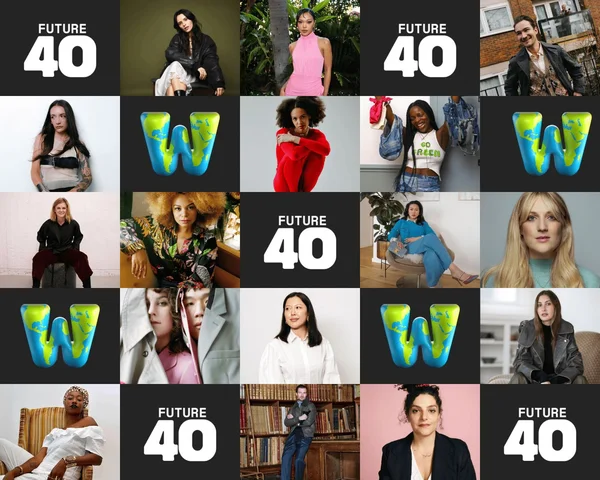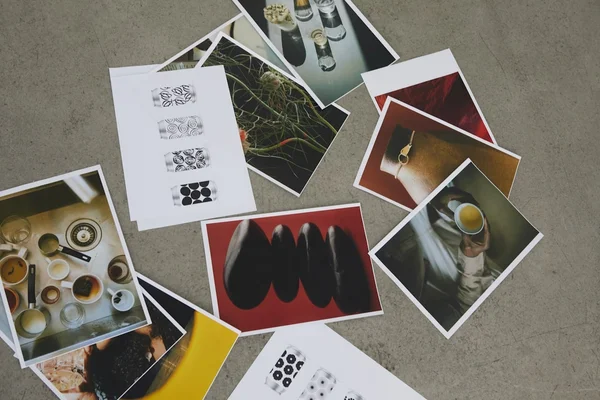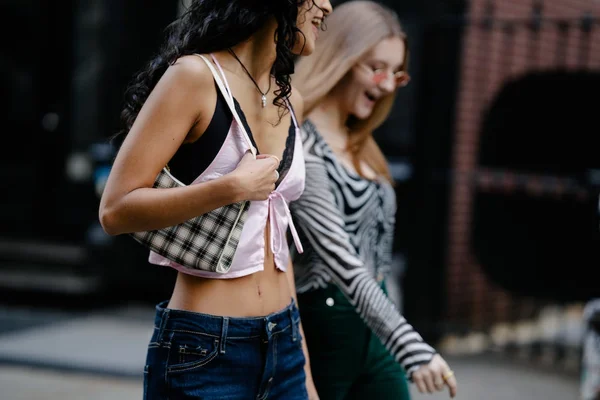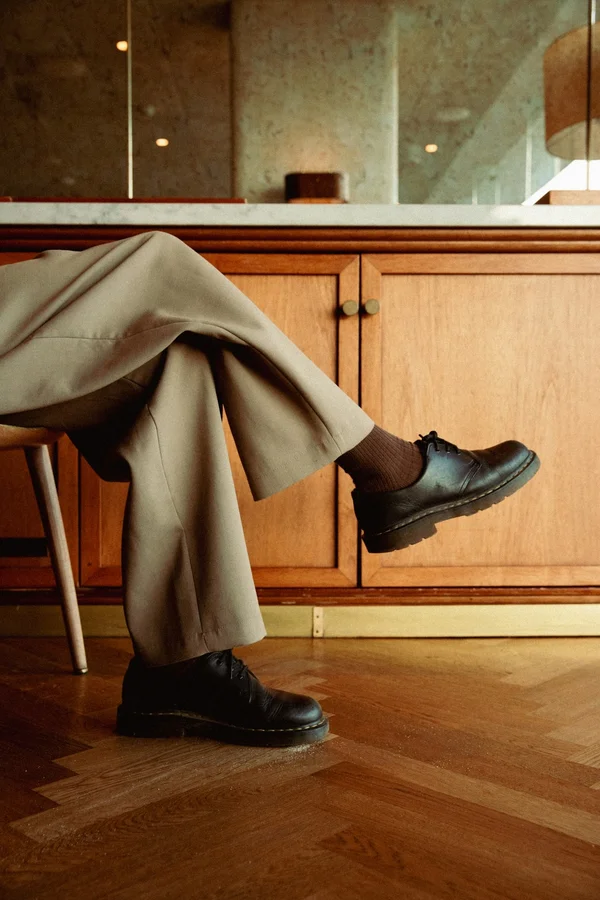From runway to rack: how fast fashion hacked the catwalk
By Florenne Earle Ledger published 20/02/2024

With New York Fashion Week in full swing, I’m analysing how fast fashion and social media have changed the journey of a garment, right from when it’s shown on the catwalk to sold in stores.
Understanding how the clothes we buy go from runway to rack help us to recognise them as more than disposable objects, but things that real people put time and effort into producing.
To see how the process has changed, let’s look at how it was before fast fashion and social media entered the chat.
From runway to rack: the process then
Before social media and fast fashion took off, it was simple. The garment was shown on the catwalk, and after reading fashion editors collection reviews, buyers decided what items they wanted to purchase.
Come the next season, the pieces they chose are in stock and ready for the public to buy. The most popular items are noted by fast fashion brands who recreate them with lower quality materials and sell them for a cheaper price. This process repeats itself every season.
From runway to rack: the process now
Now, the process starts before the catwalk. Celebrities and influencers are given exclusive access to clothes before they’re shown on the runway, generating hype around brands and styles early on.


Dua Lipa wearing Gucci Spring/Summer 2024 in January 2024


Hunter Schafer wearing Marni Spring/Summer 2024 in November 2023
The hype around the pieces before they have even been on the runway influences buyers and fast fashion brands - it tells them what items and brands are trending so they can anticipate what to order before the show, speeding up the process. Fashion buyers for boutique stores (i.e not fast fashion brands) have to match the speed of fast fashion companies, or else they risk looking like they’re behind the times.
The internet plays a huge part in this. Brands can gauge a response to the garments worn by celebrities and influencers through their followers' reactions online. It says all they need to know, so they no longer have to wait until after the show to start producing replicas.
What’s the problem?
Isn’t it a good thing that high fashion pieces can be recreated and sold at a cheaper price to be more accessible to the masses? Sadly, it’s not that simple.
Whilst most fast fashion brands change their designs every 10-14 weeks, Zara have got it down to 2. The rate at which fast fashion companies are able to hop on trends (emerging from catwalks) and mass produce ‘hot’ new items is getting faster and faster, having an increasingly negative impact on our environment.
Dupe culture has erupted on TikTok, with everyone sharing ways to get expensive things for less. This fuels the need for us to consume more to stay on trend, but spend less money on quality items. It’s a harmful process as it redirects the money from the original source (e.g the designer) and funnels it into fast fashion brands that contribute to the worsening of climate change.
Whilst I wouldn’t expect people to pay hundreds of pounds for something they can’t afford if there’s a cheaper option, dupe culture risks encouraging us to engage in trends that don’t reflect our style, because they’re more accessible. We should be buying things we like because we like them and they reflect our style, not because they are affordable and ‘in fashion’.
The obsession with what’s ‘in this season’ feeds into hype culture around certain clothing items. It gives status to people wearing particular items that are on trend’, which makes people want to buy the cheap version so they can be part of the club.

With New York Fashion Week in full swing, I’m analysing how fast fashion and social media have changed the journey of a garment, right from when it’s shown on the catwalk to sold in stores.
Understanding how the clothes we buy go from runway to rack help us to recognise them as more than disposable objects, but things that real people put time and effort into producing.
To see how the process has changed, let’s look at how it was before fast fashion and social media entered the chat.
From runway to rack: the process then
Before social media and fast fashion took off, it was simple. The garment was shown on the catwalk, and after reading fashion editors collection reviews, buyers decided what items they wanted to purchase.
Come the next season, the pieces they chose are in stock and ready for the public to buy. The most popular items are noted by fast fashion brands who recreate them with lower quality materials and sell them for a cheaper price. This process repeats itself every season.
From runway to rack: the process now
Now, the process starts before the catwalk. Celebrities and influencers are given exclusive access to clothes before they’re shown on the runway, generating hype around brands and styles early on.
Author of The World is on Fire but We’re Still Buying Shoes, Alex Leach notes that clothes are becoming more like ‘moments to broadcast’ rather than physical items, as hype culture around certain pieces has gotten out of hand. TikTok trends are short lived, and those who partake in them online are more likely to get exposure and have their content discovered. Trending pieces not only give you status but can bolster your social profile, acting as another incentive to be in with the times.
Also, when brands copy what they see on the catwalk they feed into the idea of shopping for a new wardrobe/new items every season. As fashion weeks take place a season ahead of the clothes they are actually designed for, it encourages people to think about what they’re going to wear next season, whilst we’re still in the season before. This normalises the idea of thinking about the new and improved version of you will be next season, when it’s the clothes we already own that are important.
One of the worst things about fast fashion brands copying what they see on the runway is that they’re detracting from the art of the design of the original piece. Whilst it’s normal to expect brands to take inspiration from what fashion houses declare as ‘the trends’ for the year ahead, knock off copies of particular items strip designers of the credit they deserve.
What happens now?
Being aware of the cycle of clothes going from runway to rack is one of the ways we can visualise our wardrobes as a result of the labour of design, rather than just things to wear once or twice.
Seeing how the journey of a garment has changed with the emergence of social media and fast fashion brands, enables us to hold unethical brands to account and evaluate whether trends are really right for us, or if we’re sucked in by the low price tag.
Something on your mind?
Share your thoughts with Whering community.
If you have an idea for an article around fashion, culture, environment, news, wellness, shopping or DIY, submit a pitch to us!



